| Structure | Name/CAS No. | Articles |
|---|---|---|
 |
Chloroform
CAS:67-66-3 |
|
 |
Ethanol
CAS:64-17-5 |
|
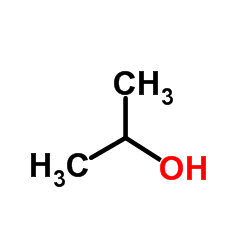 |
Isopropanol
CAS:67-63-0 |
|
 |
Brefeldin A
CAS:20350-15-6 |
|
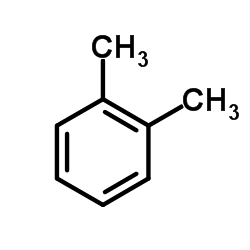 |
o-xylene
CAS:95-47-6 |
|
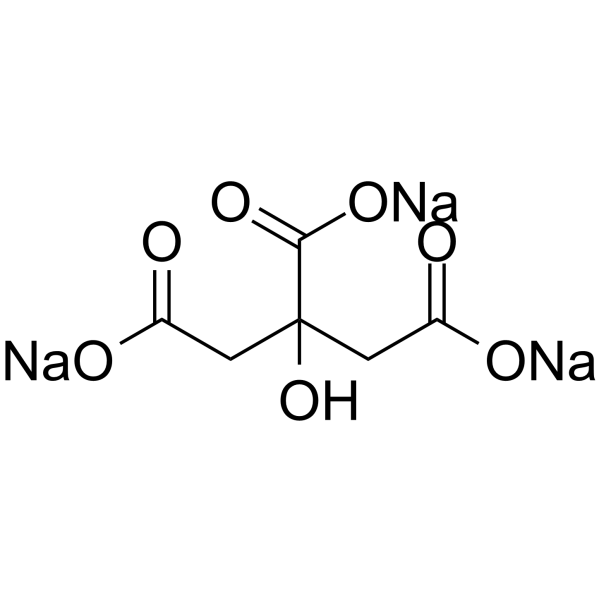 |
Sodium citrate
CAS:68-04-2 |
|
 |
L-Glutamine
CAS:56-85-9 |
|
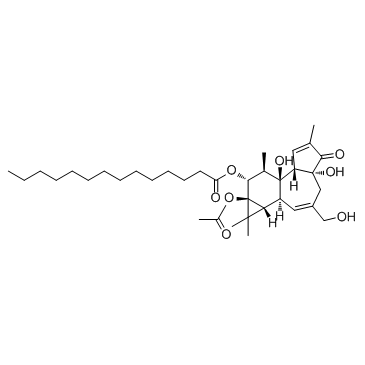 |
12-O-tetradecanoylphorbol-13-acetate
CAS:16561-29-8 |
|
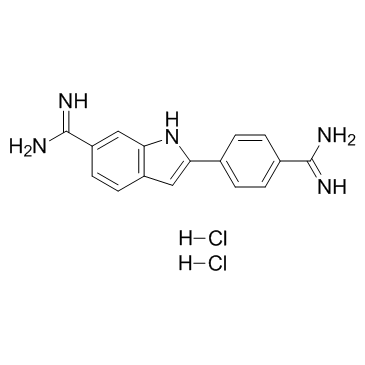 |
4',6-Diamidino-2-phenylindole dihydrochloride
CAS:28718-90-3 |
|
 |
2,2,2-Tribromoethanol
CAS:75-80-9 |